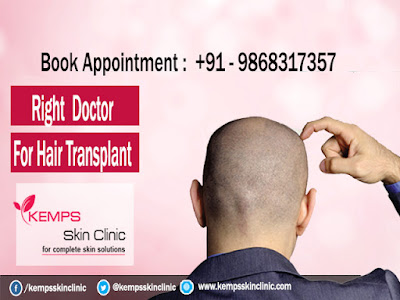Everyone wants a glowing skin? Getting a fresh and bright looking skin which looks the same all day long is a tough job but not impossible. What it needs is a lot of discipline in terms of lifestyle and loads of skin brightening tips. Everyone wants the look of a natural glow, but not everyone may think they can achieve it. And, even if you have been lucky enough to eventually build the look of naturally glowing skin, are you not so sure how to get glowing skin fast? As in get glowing skin in just one-day-kind-of-fast? Well, believe it or not – it can be done. Simply, include a few radiant skin tips into your daily skin care routine and you can help boost your skin’s natural glow potential.
Common causes of skin problem:
- Ageing
- Stress
- An unhealthy lifestyle like as smoking, alcohol, drug addiction.
- Hormonal changes in the body
- Improper digestion and wrong food.
Following skin care tips to for your glowing skin
Drink Water:
Drink platy of water as we know there are many health benefits of drinking water and juices, one of the best is to help your skin to purify the impurities, Water cleanses the body and eliminates the toxins and waste.
Avoid the Sun:
The sun is a great source for vitamin D. The morning sun from 7am to 9am is good for the skin. However avoiding the sun after this time is very essential. The UV rays are quite strong and they not only damage the texture of the skin but over exposure to these rays can result in skin cancer.
Steam Bath
Steam bath will open up your pores and removes impurities deep down the skin, making your face clear and glowing. Steam bath will remove blackheads which are formed due to clogged pores, steaming helps to soften the pores, making it easier to pop them. It also boosts blood circulation which reproduces healthy skin cells.
Cleansing regularly.
You must have proper daily cleansing routines; both morning and night.If you want to prevent breakouts and blemishes, and enhance your skin’s balance and shine for lovely, sensual skin. Without good cleansing routines though, your pores will become clogged with makeup build-up, excess oils, dead skin, and the environmental toxins you encounter every day. Your skin is an organ of elimination.
Exfoliate at Least Once a Week
Exfoliation is a great way to achieve bright, smooth & radiant skin. Make it a part of your homecare regimen. Exfoliating once a week is plenty. Any more than that, can leave your skin dry and irritated.






